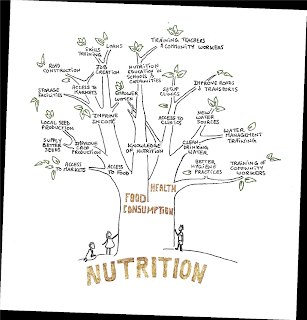EMERGING ISSUES AND TRENDS.
EMERGING ISSUES AND TRENDS. Emerging health issues are those that pose either a threat or relief from threat to overall health of the population. This can be a disease or injury. Nutrition Trends Some of these trends include: 1. Plant based eating patterns are on rise Most health groups promote diets based on plant foods, for example the dietary patterns endorsed by the Dietary Guidelines for Americans (DGA) are primarily plant-based. 2. Food choices are increasingly driven by factors beyond taste, cost and nutrition. Personal values about food as it relates to a higher cause such as animal welfare, world hunger and the environment are increasingly driving food choices. Many consumers believe that what they eat is a reflection of who they are. 3. Sustainability movement broadens and focuses beyond production practices. Efforts to improve the sustainability of food production practices which originally focused on redu...
